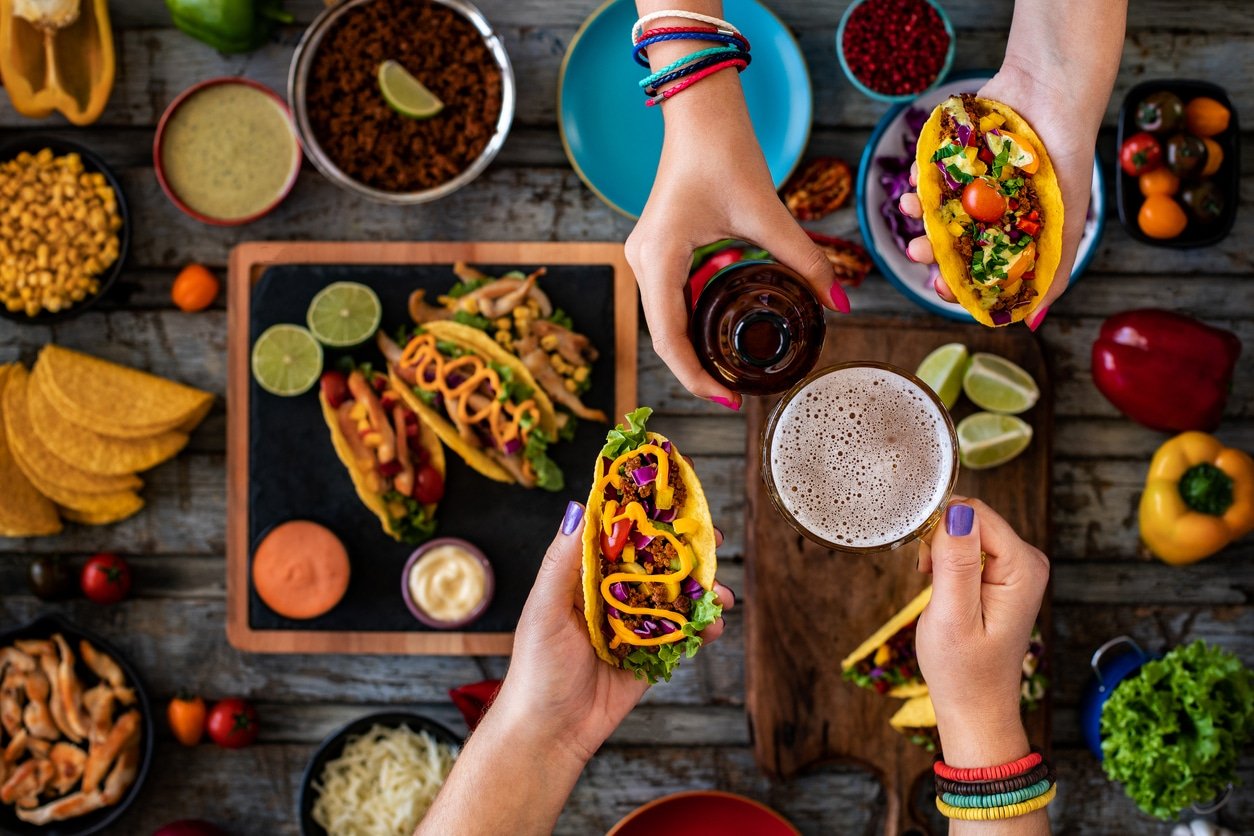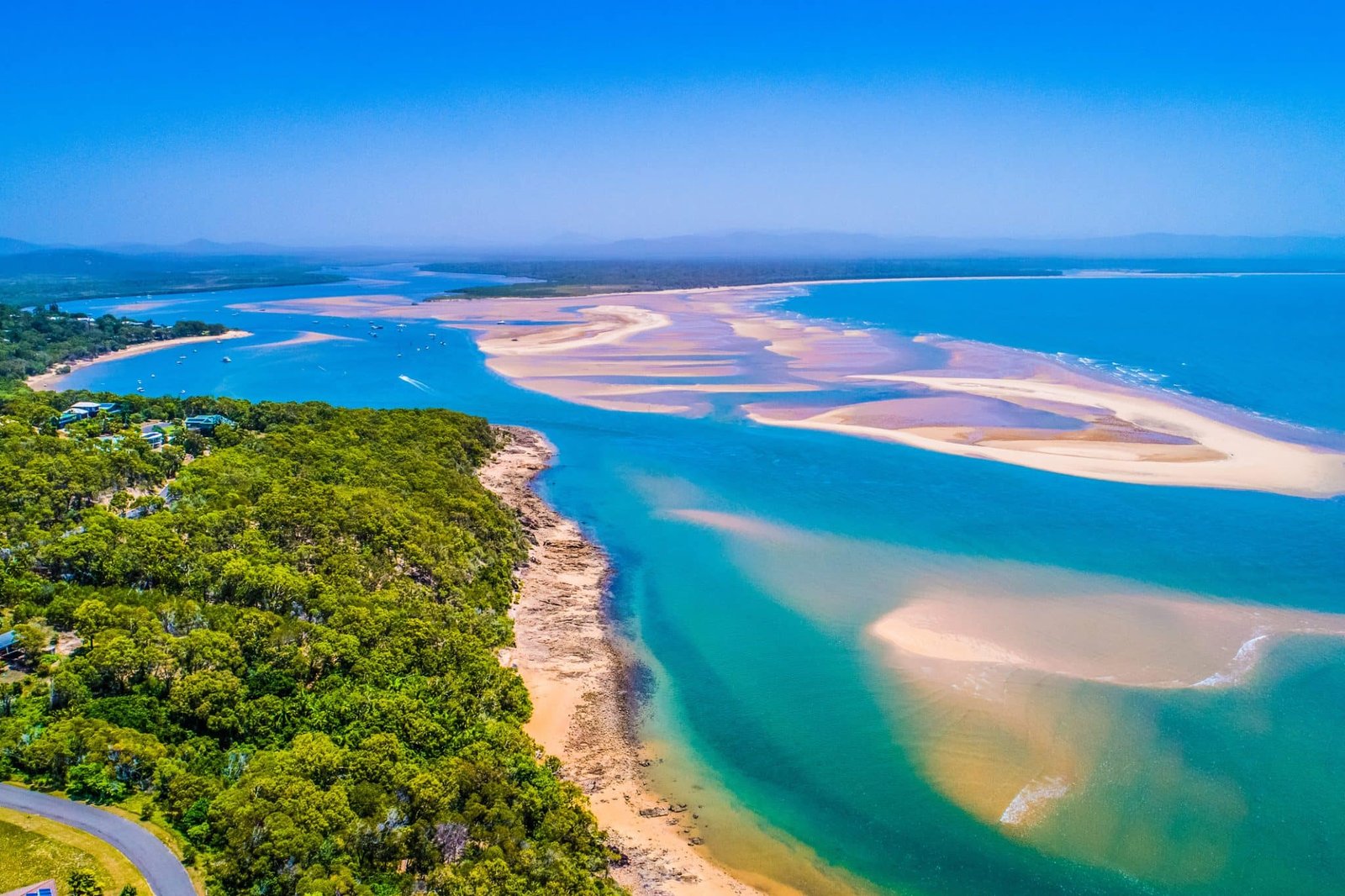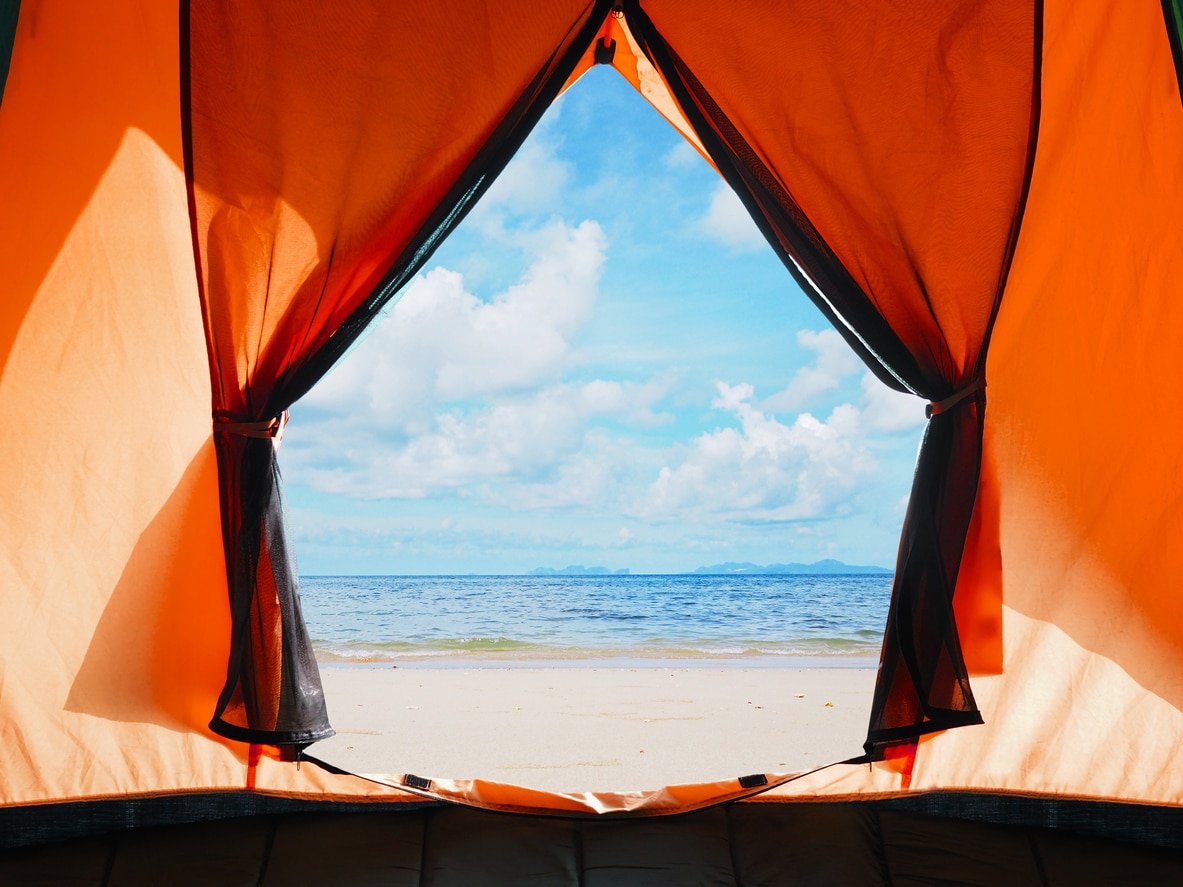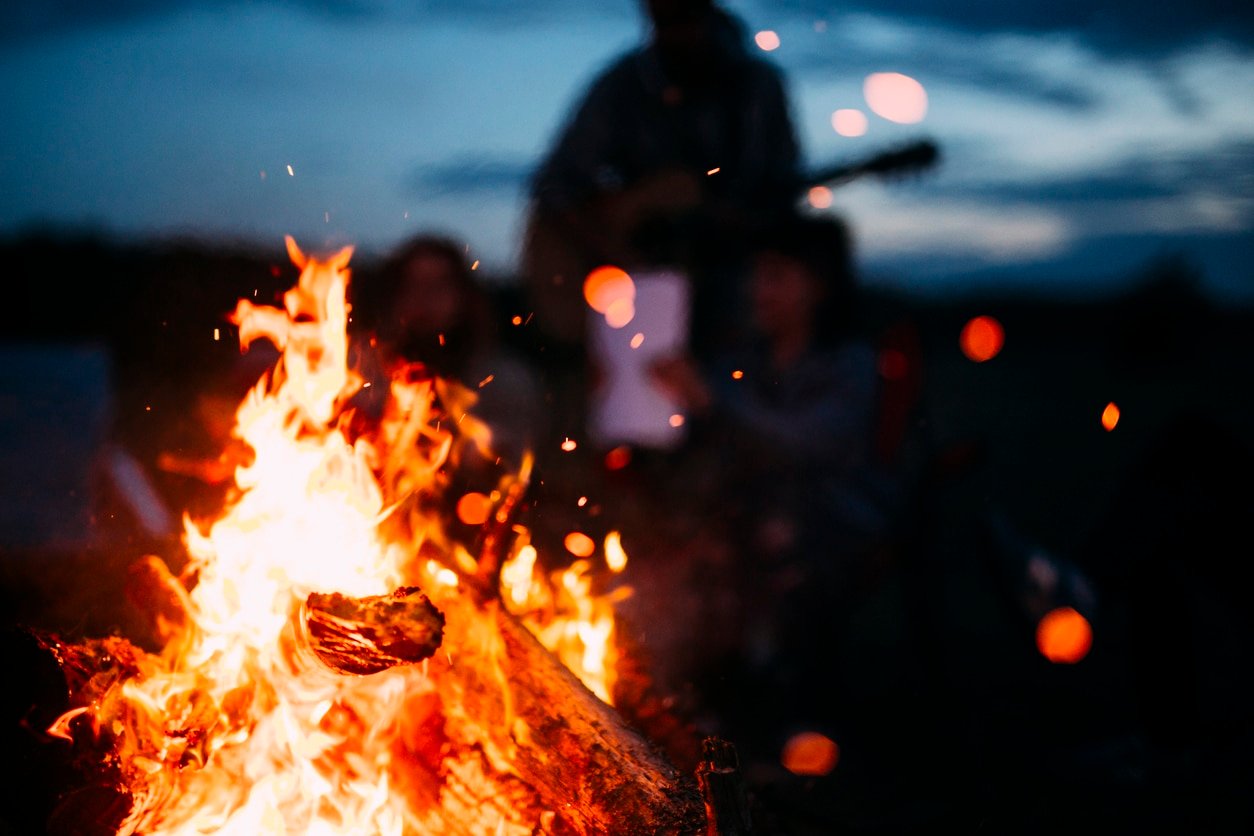Your Guide To Bunya Mountains Camping: Campgrounds, Free Camping, Rules & More!
|
Prefer listening over reading? We got you covered!
Getting your Trinity Audio player ready...
|
Nestled inland in Queensland are the Bunya Mountains – a biodiverse oasis, home to countless bunya pines, rainforests, waterfalls, and abundant wildlife. It truly is a paradise for campers and hikers, so much so that you’d forget that Brisbane is just a three-hour drive away!
So, if you’re looking for a true break from city life, visit the Bunya Mountains and the National Park.
Luckily if you’re planning your own Bunya Mountains camping adventure we have everything you need right here. From what to expect at each campground and any permits you need, to the best places for the sunset, and even what wildlife you could spot including where to see them and what time of year is best!
Simply put, everything you need is right here. Let’s get started!
CONTENTS:
- Getting To The Bunya Mountains
- The Three Best Camping Areas
- Free Camping In The Bunya Mountains
- Camping Rules, Regulations & Advice In The Bunya Mountains
- Things To Do When Camping In The Bunya Mountains
- Places To Eat
- When To Go Camping At The Bunya Mountains: Weather, Wildlife, Events

Getting To The Bunya Mountains
As mentioned, Bunya Mountains is a 3-hour drive away from Brisbane. So, if you’re arriving from abroad, you can get a domestic flight to Brisbane if you have landed elsewhere in Australia, and head to Bunya Mountains once you land.
To skip long drives – even if you live in Australia – it’s better to get a domestic flight to Brisbane. You can use trip planners like this one.
Camping gear can always be hired in Brisbane if you can’t take much while travelling.
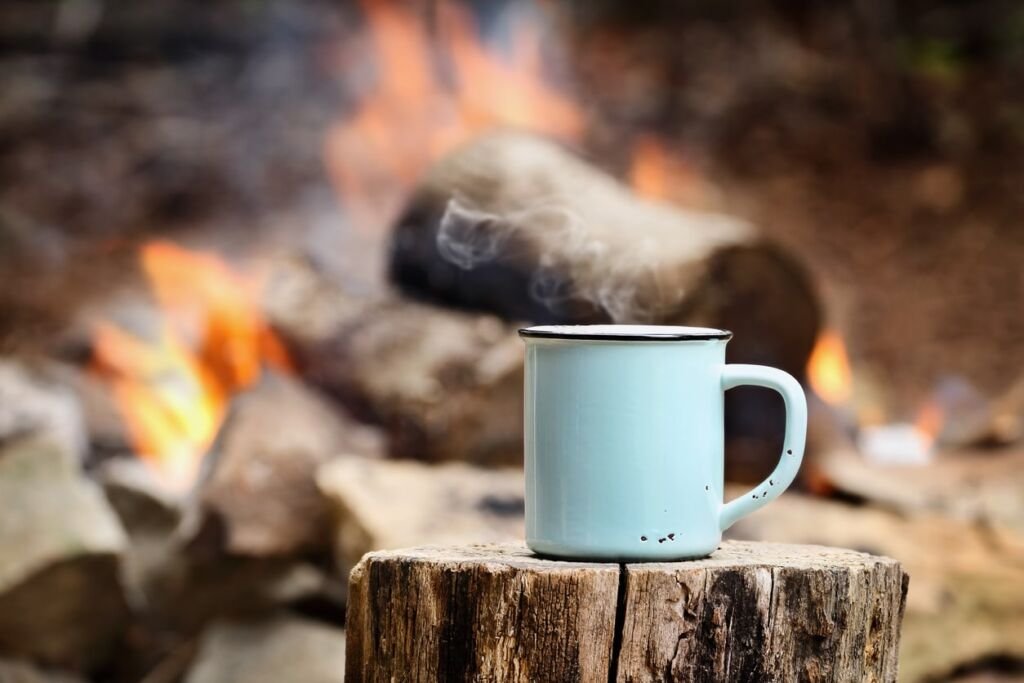
Getting There By Car
Keep in mind that the roads leading to Bunya Mountains are steep, narrow, and winding.
Usually, you’ll find car rental stores all over, including close to the airport you land at.
From Brisbane, you need to make your way to Ipswich Motorway, and then to Warrego Highway towards Toowoomba. Go to Jondaryan and turn right towards Bunya Mountains.
Keep following any signs towards Bunya Mountains and drive carefully over any gravel. You may go up the mountains in a caravan or large vehicle but do so at your own risk.
Getting There By Public Transport
The best way to get to the Bunya Mountains is by car. But other options are available. Some coaches can take you part of the way there, then you can get a taxi.

Camping At The Bunya Mountains: The Three Best Camping Areas
The three campgrounds below are in the National Park, so you need a National Parks Pass. They are around $10 a night per person with a maximum stay of 29 nights. You can book here.
You can check in after 2 pm and you should check out by 11 am. Display your booking number on your campsite.
Bring food and water with you as the water is not suitable for drinking. You could also bring a filter to treat water.
1. Dandabah Camping Area
Dandabah Camping Area is well-developed and ideal for families as there are large grassy areas for the kids to play on.
You’ll be treated to a wonderful view of surrounding rainforests and pines, as well as some great walks. You can get there by foot, car, or by bicycle. This site is near Bunya Mountains Park’s southeast entrance.
Facilities include electric and fuel barbeques, picnic tables, a telephone, waste transfer, Wi-Fi, toilets, and wheelchair access.

2. Burtons Well Camping Area
Burtons Well Camping Area is a grassy site surrounded by forest and ancient grasstrees. You can get there by foot, bicycle, and car.
Popular walks nearby include the Mount Kiangarow Track and the Cherry Plain to Burtons Well Track.
Facilities include a wood-fired barbeque (bring your own wood), toilets, shower cubicle, picnic tables, wheelchair access, and cold showers.
3. Westcott Camping Area
Westcott Camping Area is another grassy spot with magnificent views towards the north. It’s perfect for birdwatching and wildlife spotting.
Popular hikes include one from Paradise to Westcott, the Koondaii Circuit, and the Westcott to Cherry Plain Track.
Facilities include wheelchair access, toilets, a wood-fired barbeque, and picnic tables.

Free Camping In The Bunya Mountains
You may camp for free anywhere in and around the Bunya Mountains National Park or outside the National Park premises. Just ensure you leave no trace of your stay, and camp in a way that does not disturb wildlife.
Remember that free camping means you’ll have no facilities nearby, so you might want to take a portable toilet and shower with you.
Don’t start fires outside designated campsites and bring drinking water or a filter.

Camping Rules, Regulations & Advice In The Bunya Mountains
1. Looking After Yourself & The Area
It’s important to look after the surrounding environment of the Bunya Mountains as it is home to many endangered species of owl, quail, skink, and other mammals.
You can do this by sticking to designated paths and not bringing pets with you (these are not permitted in the National Park). Also, take your trash with you! Industrial bins are found at Dandabah.
Don’t feed animals as they could become a nuisance to you or others, and they could become ill.
Anything natural or cultural in the park is protected, so you can’t remove things like plants, rocks, or animals. Don’t touch anything Indigenous or historical such as rock art or other artefacts.
Only start fires in provided fire rings or wood barbeques – you don’t want to start a forest fire. To put fires out properly, use water, then stir the remains and pour water over them again. Don’t take wood from the forests as it’s not allowed.
It’s not encouraged to swim in the mountain streams as aquatic life and water quality can easily be disturbed. Don’t move rocks from creeks or disturb tadpoles.

When washing or cleaning stay away from bodies of water, as any soap that gets into the water can harm wildlife.
Stop the spread of diseases, weeds, and pathogens that are harmful to flora and fauna by ensuring your gear is fully cleaned and disinfected on arrival and departure. Periodically check gear for things like soil, seeds, plant parts, eggs, insects, rats, mice, spiders, or anything else.
You should also make use of washdown stations at walking track entrances. It’s important to not spread soil as it has been found to kill bunya pines.
Try not to bush toilet and take things like sanitary pads and diapers home with you to throw away. If you must bush toilet, bury waste at least 15cm deep off the tracks.
Ticks can be found at the Bunya Mountains! They like to bury into the skin, causing irritation and even disease. You can reduce this risk by wearing insect repellent and avoiding direct contact with grass, leaves, and undergrowth. Or you can also wear long sleeves and long trousers (which help with avoiding nettle stings too). You should check for and remove any ticks using a tweezer, then apply antiseptic.
Try not to hang about under bunya pines between December and March as you could get hit by cones that weigh up to 10kg.
The best cellphone reception in the Bunya Mountains is at Fishers Lookout. But for the most part, the reception and wi-fi signal is not great.

2. Things To Bring
Here are some essentials you should bring with you when camping in the Bunya Mountains:
- Enough water for the whole trip
- A filter to treat water
- A portable toilet
- A portable shower
- Warm clothes
- Insect repellent
- Sunscreen
- A first-aid kit
- Tweezers
- A trash bag
- Binoculars to you can keep a safe distance from animals
- A torch with a red filter to protect animals’ eyes – you need a torch as it’s very dark once the sun sets
- A fire pit or gas stove
- Waterproof clothes
- Food

Things To Do When Camping In The Bunya Mountains
To locate the following sites and tracks below, take a look at this official map of the Bunya Mountains. Remember to ensure your gear is clean before setting off.
The walks listed here are graded by difficulty – 1 is the lowest difficulty and 5 is the highest. The following walks are mostly graded 3 (anything but will be specified), which is suitable for most ages and fitness levels, although there are some steep or rough sections. Unfortunately they are not wheelchair accessible.
1. Cherry Plain Picnic Area
Before starting your walk to Burtons Well or Westcott, you can fuel up in this picnic area surrounded by rainforest. There’s a small patch of grassland for the kids to play on too.
2. Dandabah Picnic Area
Dandabah Picnic Area has a few more facilities such as a barbeque, toilets, wheelchair accessibility, and of course picnic tables. It’s the perfect area to enjoy your lunch or snack while watching native birds and wildlife go about their business.
Other picnic areas similar to this one include Westcott Picnic Area and Burtons Well Picnic Area (which also has a lookout).

3. Bunya Bunya Track
The Bunya Bunya track only takes about 10 minutes. You’ll be treated to a journey through the forest featuring bunya pines. You’ll finish at Dandabah Picnic Area.
4. Scenic Circuit
This track starts from Dandabah Picnic Area and passes through a forest of bunya pines. There are also views of the mountains and rock pools. It lasts 1 hour and 20 minutes.
You will end up at the Pine Gorge Lookout along the way, which features views of valleys and hills in the distance.
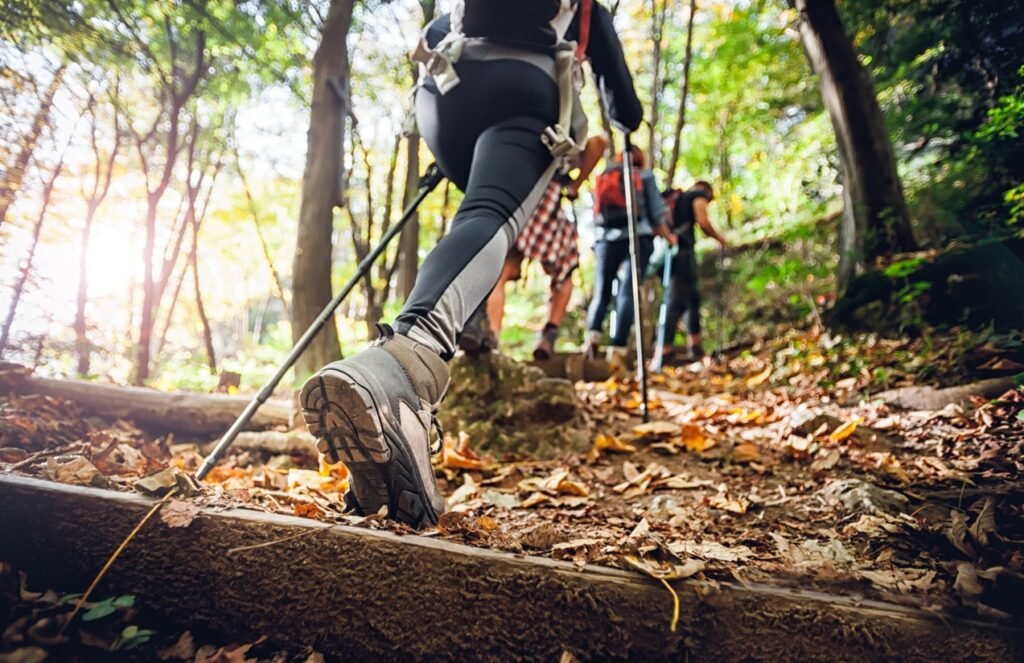
5. Barker Creek Circuit
This is a 3-4 hour walk accessible from Dandabah. You’ll see forests, grasslands, and eucalypt trees. You can take a detour to Big Falls Lookout which features valley views.
Above Big Falls is a grass patch for enjoying a spot of lunch.
6. Barker Creek Lookout
This walk will take about 2 hours and starts in Paradise car park. Try and set off after heavy rain so you can witness Paradise Falls, Little Falls, and Big Falls in all their glory.
7. Dandabah to Paradise
Another 2-hour walk is from Dandabah to Paradise. You can start this walk from Paradise car park too. It’s another walk through a rainforest of giant bunya pines.

8. Paradise to Westcott
Paradise to Westcott takes 2.5 hours. You’ll be taken along the cliff edge of the mountains, where along the way you’ll be treated to Westcliff Lookout which offers views of the Darling Downs.
9. Koondaii Circuit
This is a grade 4 walk which requires good fitness levels and some tracking skills as there are limited signs. It takes 1 hour and starts from Westcott Picnic Area.
It’ll lead you down a mountainside and end at a lookout over Koondaii Valley.
10. Mount Kiangarow
Back to grade 3 is the Mount Kiangarow track which takes 1 hour. It leads to the highest point of the Bunya Mountains. It’s a gradual climb ending with views of the surrounding country.
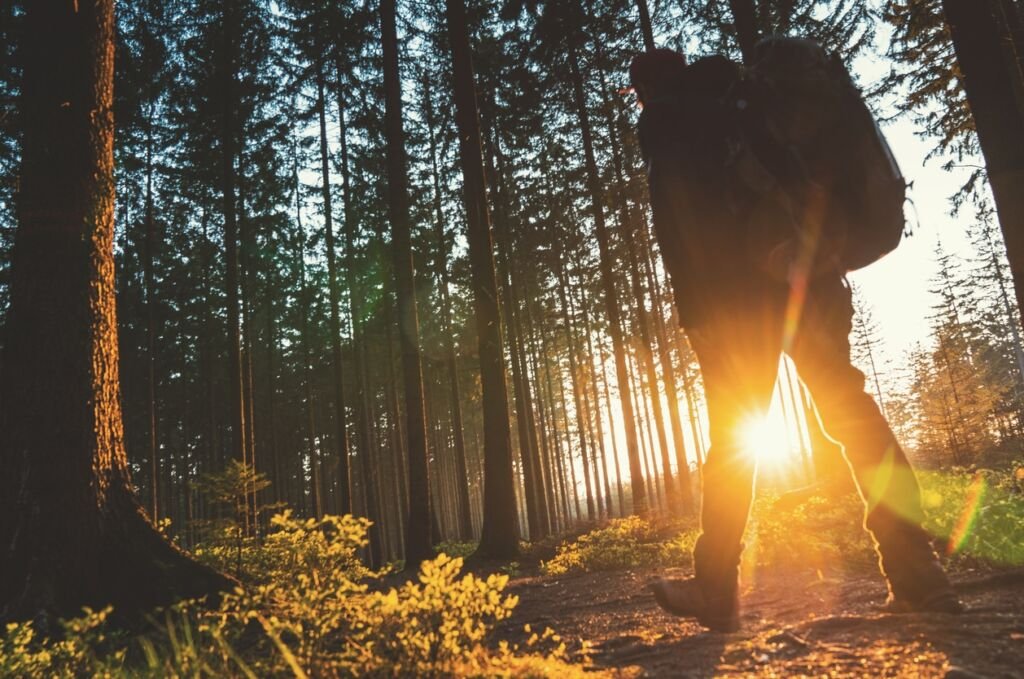
11. Festoon Falls & Tim Shea Falls
Near Barber Creek Lookout is Festoon Falls, a quaint and pretty waterfall where you can stop by and take a breather.
You also might come across Tim Shea Falls on your journey – another waterfall situated nearby.
12. Strangler Fig
You may come across this giant tree on your walks, especially along the Scenic Circuit. It has a walking platform built through the middle and is great for kids to play around.
13. Fishers Lookout & Other Sunset Spots
Fishers Lookout is reportedly the best place to watch the sunset in the Bunya Mountains. It’s ideal for finishing off a day’s hiking.
You can marvel at the towns and cities that surround Bunya Mountains and stay well into the evening to admire the starry sky.
Westcliff Lookout is closer to the Westcott campground, and it’s another good spot to watch the sunset. There’s also Bottle Tree Bluff. You could even watch the sunset at the top of Mount Kiangarow if you don’t mind the trek back in the dark.

Places To Eat
The Bunya Mountains National Park is so remote that there aren’t many places that provide food. However, here are a couple of spots that might be perfect for fueling up after the long journey there, or for finishing off a hike.
1. Poppies on the Hill
This is a small community café in the Bunya Mountains area (Dandabah) that serves coffee and other typical café items like sandwiches, cakes, Bunya nut scones, and the famous Bunya nut and carrot cake.
It’s ideal for families, and around the back, you’ll find an open grassy area where wallabies roam!
2. Bunya Mountains Tavern
Bunya Mountains Tavern is a restaurant serving drinks, coffees, and meals like steaks, salads, burgers, curries, and kids’ meals. You’ll see native Bunya nuts all over the menu.
There’s free wi-fi and free parking too. Of course, you can stay in their accommodation if you like.
There’s also a store here selling essentials for campers and tourists 7 days a week, just in case. They also sell arts and crafts – these make great souvenirs!

When To Go Camping At The Bunya Mountains
Time your trip well if you want the best wildlife-watching experience, or if you simply want to avoid the wet weather for your planned hikes.
Weather
Bunya Mountains has pleasingly mild weather all year round, and it’s usually much cooler than in other parts of Australia.
Temperatures can be anywhere between 32 degrees (F) and 86 degrees (F). Spring, summer, autumn, and winter all come with their own distinct weather patterns. At night, temperatures can drop sharply, so you should bring warm clothes with you.
During the peak of Australian summer (December, January, and February) daytime temperatures can hit over 90 degrees (F). You might experience the odd shower or two, and storms are possible.
In autumn, temperatures tend to be around the 80-degree (F) mark during the day, and night times can be chilly. Watch out for autumn and winter as nighttime temperatures can be below freezing. Autumn and winter daytime temperatures are mild but still only around 40 degrees (F).
The wettest month of the year for the Bunya Mountains is December, but there is rain all year round. The driest month is May. It will almost definitely not snow, as the last time that happened was around four decades ago.

Wildlife
Bunya Mountains’ remoteness makes it possibly the best place in Queensland to catch a glimpse of a wide range of wildlife.
At dusk, during the end of spring, you can spot flashing beetles and Chocolate Wattle Bats as they look for food. The best place to spot them is along Bunya Mountains Road, towards Fishers Lookout.
Then you can hang about well into the night and look for nocturnal animals such as possums (shine a torch towards the trees and you may see them feed), sugar gliders, and Great barred frogs, which can be found on warm summer nights.
During February and March, Bunya nuts tend to scatter on the ground, and you can go hunting for them in the forests.
In late summer you will also find soccer ball-sized Bunya cones which are home to these Bunya nuts. King Orchids flower in September and October and can be seen along the Westcott and Cherry Plains tracks. You can’t miss them, as they hang off cliffs and they’re also bright yellow.
You’ll certainly see at least a few Red-necked wallabies all year round at many open grassy areas and picnic spots – even right outside your tent.

Bird species to look out for include satin bowerbirds, green catbirds, paradise riflebirds, eastern whip birds, topknot pigeons, crimson rosellas, yellow-throated scrubwrens, and bold brush turkeys. Look out for king parrots too. In dense scrubs, you might see black-breasted buttonquails, and the undergrowth can be home to swamp wallabies and red-legged pademelons.
Grasslands and balds are home to various creatures like rats, quails, and fairy wrens. On Bunyas balds you might see the rare skink. More open areas of forest like woodlands and eucalypt forests are home to koalas (very rarely seen and most active at dusk and dawn), gliders, lizards, snakes, and honeyeaters.
Owls like sooty owls can be found hunting at night in the rainforests. Powerful owls can be seen in open forest areas hunting for small mammals at night.
During the winter months, you can hear dingoes howling in the distance. They are curious animals and look very much like dogs – but be very careful and remember they are still wild animals. You should not approach them or lure them with food.
The most beautiful time of year is definitely autumn as the trees change color. It’s also an ideal time for watching wildlife as it is cooler. Foods in local cafes and restaurants are packed with Bunya nuts as they fall from above in the forests.

Events
The Bunya Mountains Markets take place on the last Sunday of every month. You’ll find everything from food and drink to arts and crafts, with over 30 stalls. It’s open from 9 am to 2 pm.
Foods include Bunya-inspired items like Bunya nut burgers, pies, and ice cream. You can buy clothes too.




